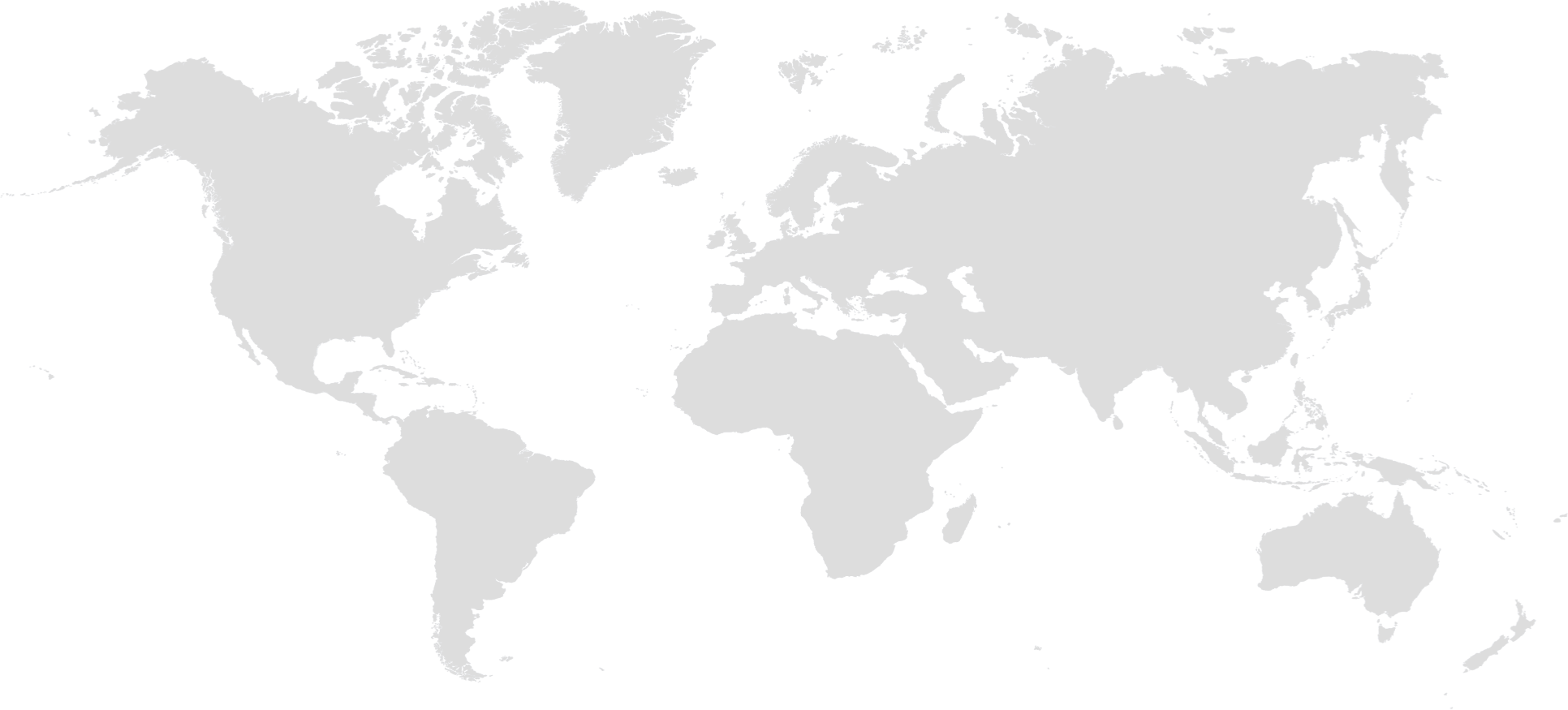RAETTS is a national high-tech enterprise integrating R&D, production and sales of professional blowers. RAETTS is a leading and benchmarking enterprise in the domestic medium pressure blower industry. RAETTS has the most advanced blower laboratory in the industry, and has jointly established a blower scientific research center with well-known domestic scientific research institutions.
Innovation has never stopped, technology is the king. After more than ten years of innovation and development, RAETTS has broken through the international technology monopoly and created a mature air bearing blower and maglev turbo blower dual production lines firstly in the industry, pioneered the portable and the miniature type air bearing blower.
FAQ Guide
Let’s continue!
2.What type of warranty options are available for a turbo blower fan?
3.Can a turbo blower fan be used in a cleanroom environment?
4.How does a turbo blower fan compare in terms of energy efficiency to other types of blowers?
5.What are the minimum and maximum operating temperatures for a turbo blower fan?
6.Can a turbo blower fan be used in a dusty environment without clogging?
1.How does a turbo blower fan perform in high-temperature environments?
A turbo blower fan is designed to perform well in high-temperature environments. It is typically made with materials that can withstand high temperatures, such as stainless steel or high-temperature plastics. The fan also has a high-temperature motor that can operate in hot conditions without overheating.
In addition, the design of a turbo blower fan allows for efficient cooling of the motor and other components, even in high-temperature environments. The fan blades are designed to move a large volume of air, which helps to dissipate heat and keep the motor and other parts from overheating.
Furthermore, some turbo blower fans have built-in cooling systems, such as air or water cooling, to further enhance their performance in high-temperature environments. These cooling systems help to maintain a safe operating temperature for the fan and its components.
Overall, a turbo blower fan is a reliable and efficient option for use in high-temperature environments, as long as it is properly designed and maintained.
2.What type of warranty options are available for a turbo blower fan?
The warranty options for a turbo blower fan may vary depending on the manufacturer and model. Some common warranty options that may be available include:
1. Standard Manufacturer’s Warranty: This is the basic warranty that comes with the purchase of the turbo blower fan. It typically covers any defects in materials or workmanship for a specific period of time, usually 1-2 years.
2. Extended Warranty: Some manufacturers may offer an extended warranty for an additional cost. This can extend the coverage period beyond the standard warranty, providing added protection for a longer period of time.
3. Parts Warranty: This type of warranty covers only specific parts of the turbo blower fan, such as the motor or blades. It may have a longer coverage period than the standard warranty.
4. Labor Warranty: A labor warranty covers the cost of labor for any repairs or replacements needed for the turbo blower fan. This may be offered separately or as part of a comprehensive warranty package.
5. Limited Lifetime Warranty: This type of warranty provides coverage for the life of the product, but may have certain limitations or exclusions.
It is important to carefully review the warranty options and terms before purchasing a turbo blower fan to ensure that it meets your needs and provides adequate coverage.
3.Can a turbo blower fan be used in a cleanroom environment?
Yes, a turbo blower fan can be used in a cleanroom environment. However, it is important to ensure that the fan is properly designed and maintained to meet the specific requirements of the cleanroom. This may include features such as sealed bearings, smooth surfaces, and low vibration levels to prevent contamination and maintain the cleanliness of the environment. Additionally, the fan should be regularly inspected and cleaned to ensure it does not introduce any particles or contaminants into the cleanroom.
4.How does a turbo blower fan compare in terms of energy efficiency to other types of blowers?
A turbo blower fan is generally more energy efficient than other types of blowers, such as centrifugal or positive displacement blowers. This is because turbo blowers use a high-speed impeller to generate air flow, which requires less energy compared to the larger, slower-moving impellers used in other types of blowers. Additionally, turbo blowers often have variable speed drives, which allow for more precise control of air flow and can further improve energy efficiency. However, the specific energy efficiency of a turbo blower fan will depend on factors such as its design, size, and operating conditions.
5.What are the minimum and maximum operating temperatures for a turbo blower fan?
The minimum and maximum operating temperatures for a turbo blower fan can vary depending on the specific model and manufacturer. However, in general, the minimum operating temperature for a turbo blower fan is around -40 degrees Celsius (-40 degrees Fahrenheit), while the maximum operating temperature can range from 150-200 degrees Celsius (302-392 degrees Fahrenheit). It is important to consult the manufacturer’s specifications for the specific turbo blower fan being used to determine the exact minimum and maximum operating temperatures.
6.Can a turbo blower fan be used in a dusty environment without clogging?
It depends on the specific design and capabilities of the turbo blower fan. Some turbo blowers may have filters or other features that prevent dust from clogging the fan, while others may not be suitable for use in dusty environments. It is important to consult the manufacturer’s specifications and recommendations before using a turbo blower fan in a dusty environment.



